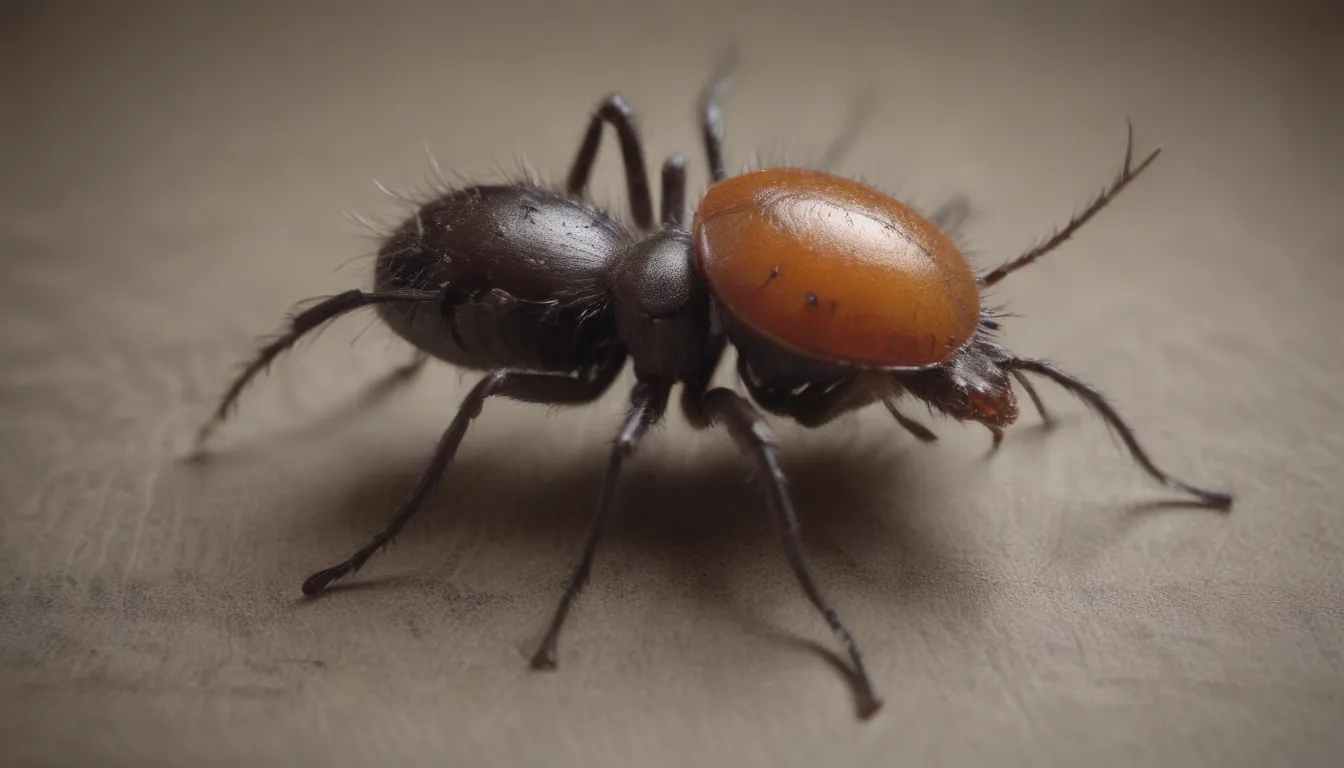A Comprehensive Guide to Removing Ticks from Your Home

Ticks are pesky little creatures that can wreak havoc on your household by hitching a ride on your pets, clothing, or even your body. These parasitic arachnids feed on the blood of various animals, including mammals, birds, reptiles, and amphibians. While they are most active during the spring and summer months, they can still be found lurking around as late as October.
If you’ve noticed ticks inside your home, it’s crucial to take immediate action to remove them carefully and prevent their return. In this comprehensive guide, we’ll dive into the world of ticks, how to identify them, and most importantly, how to get rid of them naturally and effectively.
Understanding Ticks and Their Lifecycle
Before we delve into the nitty-gritty of tick removal, it’s essential to understand a bit about these tiny pests and their lifecycle. Ticks undergo a simple metamorphosis, starting as larvae with six legs before molting into nymphs with eight legs. Adult ticks, like nymphs, are capable of transmitting diseases, making them a serious health concern.
What Do Ticks Look Like?
Ticks are small, spider-like creatures that can be brown or black in color. They have long, thin legs, a small head with a mouth designed for piercing skin, and their bodies are covered in tiny bumps. While ticks are typically no larger than the head of a pin, they can become engorged after a blood meal, growing to the size of a pea.
To differentiate ticks from other household pests like carpet beetles or bed bugs, pay attention to their appearance and behavior. If you suspect a tick infestation, it’s crucial to proceed with caution and seek professional guidance on removal and treatment options.
Identifying Common Tick Species
While most people associate ticks with outdoor environments, there are several species that can find their way inside your home. Some of these ticks are carriers of dangerous diseases, underscoring the importance of proper identification and removal. Common indoor tick species include:
- The Deer Tick
- The American Dog Tick
- The Brown Dog Tick
Tips for Inspecting and Removing Ticks
According to the CDC, ticks need to be attached for 36-48 hours to cause harm, emphasizing the importance of thorough inspections. When checking for ticks on your body or pets, pay close attention to areas like:
- Armpits
- Groin
- Scalp
- Behind ears
Don’t forget to inspect your clothing, gear, and pets for ticks, as they can easily hitch a ride indoors.
How to Get Rid of Ticks Naturally
While the thought of dealing with a tick infestation can be daunting, natural methods can effectively get rid of these pesky pests. Here are some tips for naturally controlling and preventing ticks in your home:
- Treat Your Animals for Ticks: Regularly administer tick and flea medication to your pets and conduct thorough tick checks after outdoor activities.
- Use a Tick Repellent: Consider using essential oils or over-the-counter products to deter ticks from latching onto your skin or clothing.
- Wear Proper Clothing: Dress appropriately when venturing into wooded areas to minimize exposure to ticks.
- Use Your Dryer: Dry clothes on high heat before washing them to effectively kill any ticks hiding in the fabric.
- Address Conducive Conditions: Identify and eliminate environmental factors that attract ticks to your home, such as food sources and harborage areas.
Understanding the Risks of Ticks
Ticks are notorious for transmitting serious diseases such as Lyme disease, Rocky Mountain spotted fever, and tularemia. These diseases can have severe consequences for both humans and pets, making prompt tick removal and prevention crucial in safeguarding your household’s health.
Conclusion
In conclusion, tackling a tick infestation requires a combination of preventative measures and effective removal strategies. By understanding the lifecycle of ticks, identifying common species, and implementing natural tick control methods, you can keep your home tick-free and protect your family and pets from potential health risks.
Remember, if you’re dealing with a persistent tick problem, don’t hesitate to seek assistance from a professional pest control company. With the right knowledge and proactive approach, you can effectively eliminate ticks from your home and enjoy a safe, tick-free environment.
Sources:
– CDC. “Preventing Tick Bites on People.” Centers for Disease Control and Prevention.
– US EPA. “Ticks and Schools.” Overviews and Factsheets.
– US EPA, OAR. “Climate Change Indicators: Lyme Disease.” Reports and Assessments.





